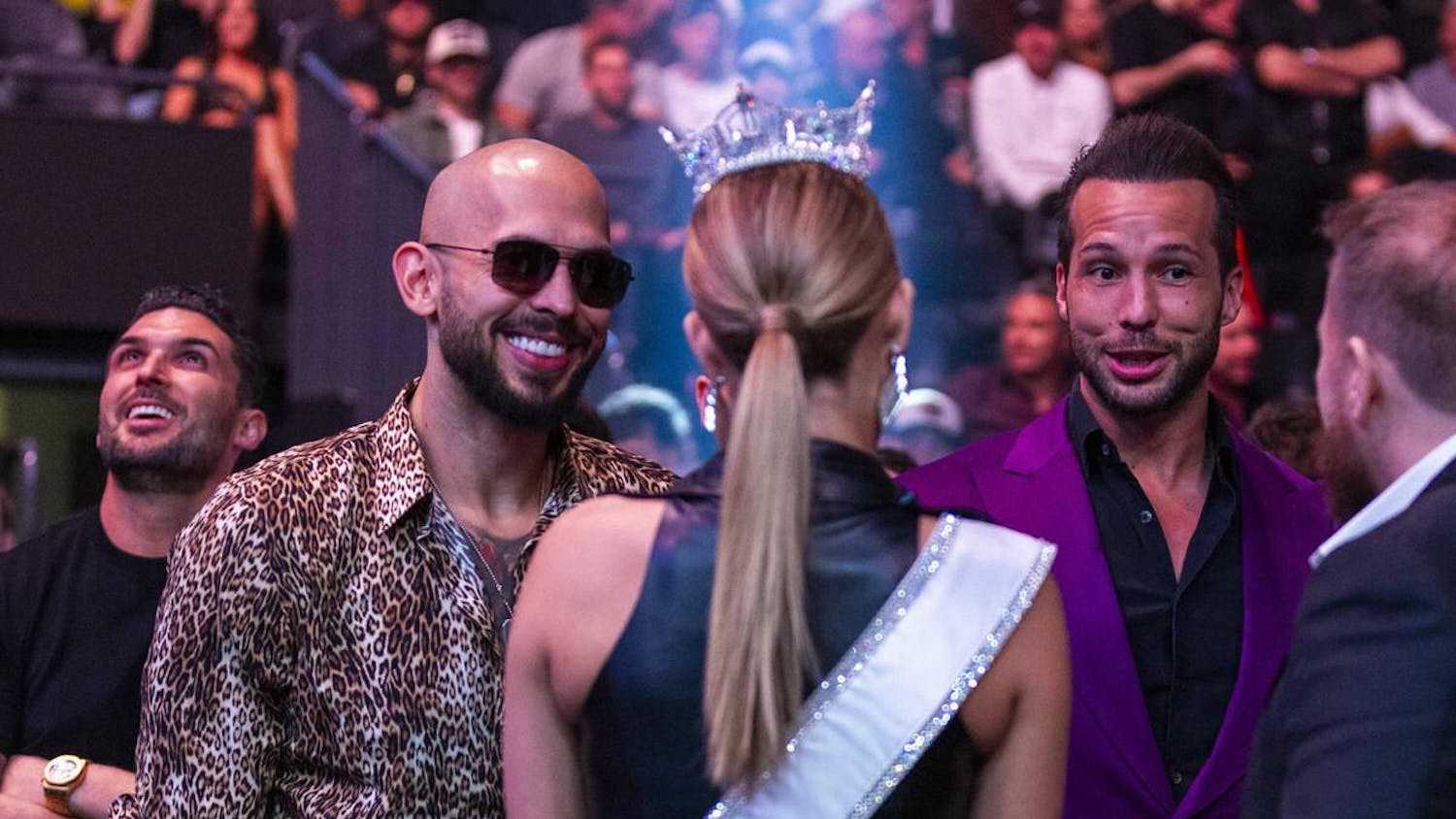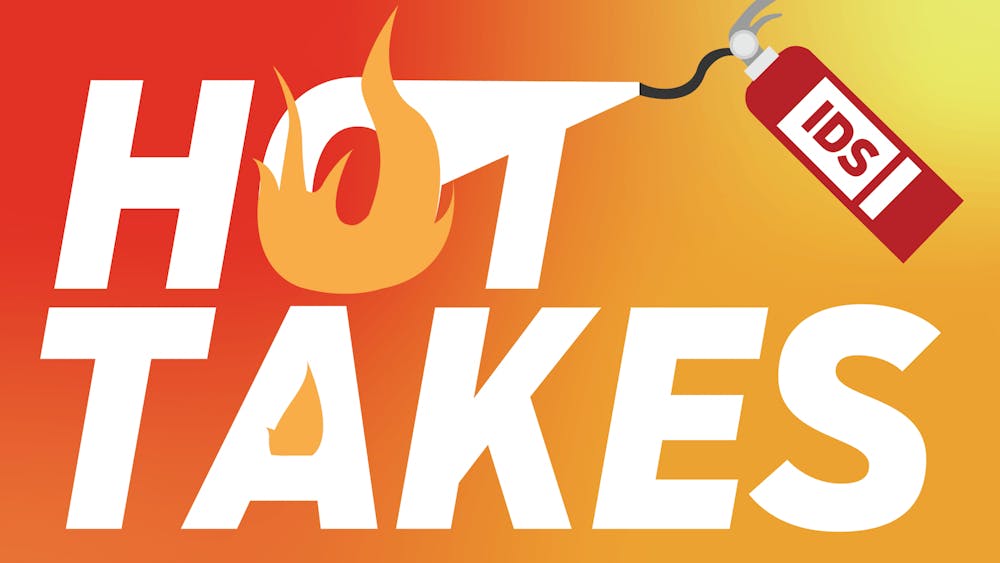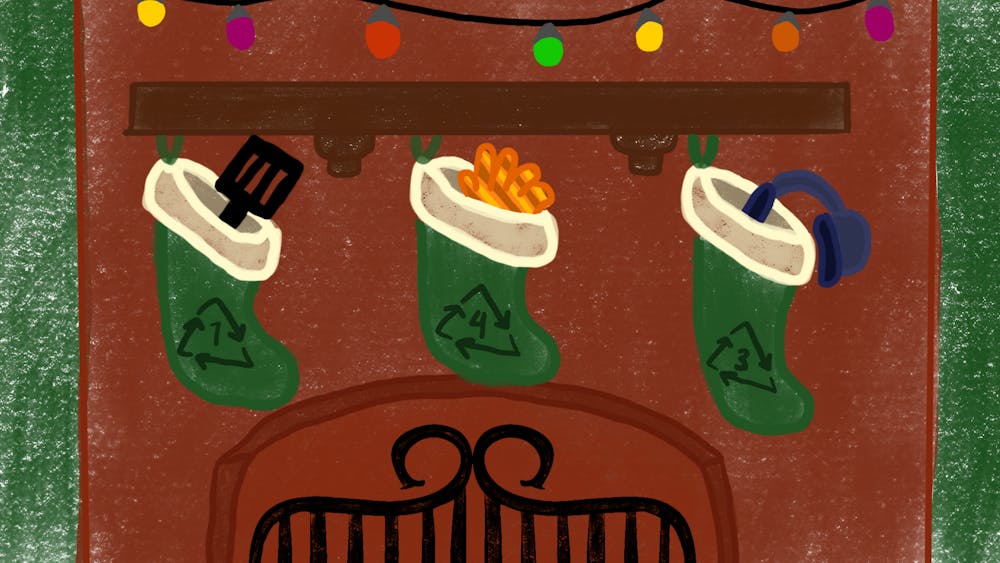When I first saw a headline about #disabledandcute, my mind flashed to Otto the cat, an internet sensation diagnosed with a feline form of Down syndrome.
Like most cats, Otto is cute, but the captions on the viral photos are remarkably less cute and convey stale messages of inspiration such as “he’s no different than any other cat!”
I figured #disabledandcute would offer a similar blanket message. However, my initial assumptions about #disabledandcute could not have proven more wrong. In reality, the social media campaign is an unapologetic celebration of body positivity for people with disabilities. The body positivity movement has long needed to be more inclusive, and this hashtag is a great example of the kind of inclusion that more body positivity campaigns should strive to embrace.
The hashtag started with Keah Brown, a 25-year old journalist with cerebral palsy. She posted photos with the hashtag as a celebration of her own body, and “cute” was her self-chosen descriptor.
Since then, the trend has spread throughout the disability community. Instead of feeling pressure to crop their selfies in a particular way, people are free to include wheelchairs, prosthetics or paralyzed limbs in the frame if they so choose – a concept not commonly addressed in body positivity campaigns.
A related phenomenon has transpired in the modeling industry over the past few years. There has been an increase in the number of models with disabilities, which drew particular attention at New York Fashion Week in 2016. Several prominent TV commercials have also featured kids with Down syndrome in the past year.
Reports on this more inclusive modeling trend tend toward inspirational, feel-good stories, which make these efforts a bit suspicious as a marketing tool. In many cases, companies seem to use the model’s disability, rather than the model themselves, as the advertising strategy.
However, even if the rhetoric tends to be patronizing, the increased diversity in modeling also represents increased visibility in the industry. It not only marks the entrance of people with disabilities into this traditionally exclusive profession but also indicates changing attitudes, which can lead to more widespread changes in the long run.
The campaign shows the importance of incorporating visible representations of disability in mainstream culture. The TV and film industries need to avoid selecting non-disabled actors to play disabled characters whenever possible just as the modeling industry needs to work toward not rejecting models solely on the basis of their disability.
Brown, in an interview with Teen Vogue, critiqued “the caricatures that (people) see in movies and TV shows.” People don’t look the same or have the same self-image solely because they have related types of disabilities. The #disabledandcute campaign pushes against such archetypes, reinforcing the necessity of self-definition.
As a result, anyone who participates in the campaign is free define themself as “cute,” as Brown chooses to, but no one has to be cute or adhere to any else’s definition of cuteness. This element of the campaign shows perhaps the most important part of an inclusive body positivity movement — the ability to choose one’s own self-image.
kmilvert@umail.iu.edu





